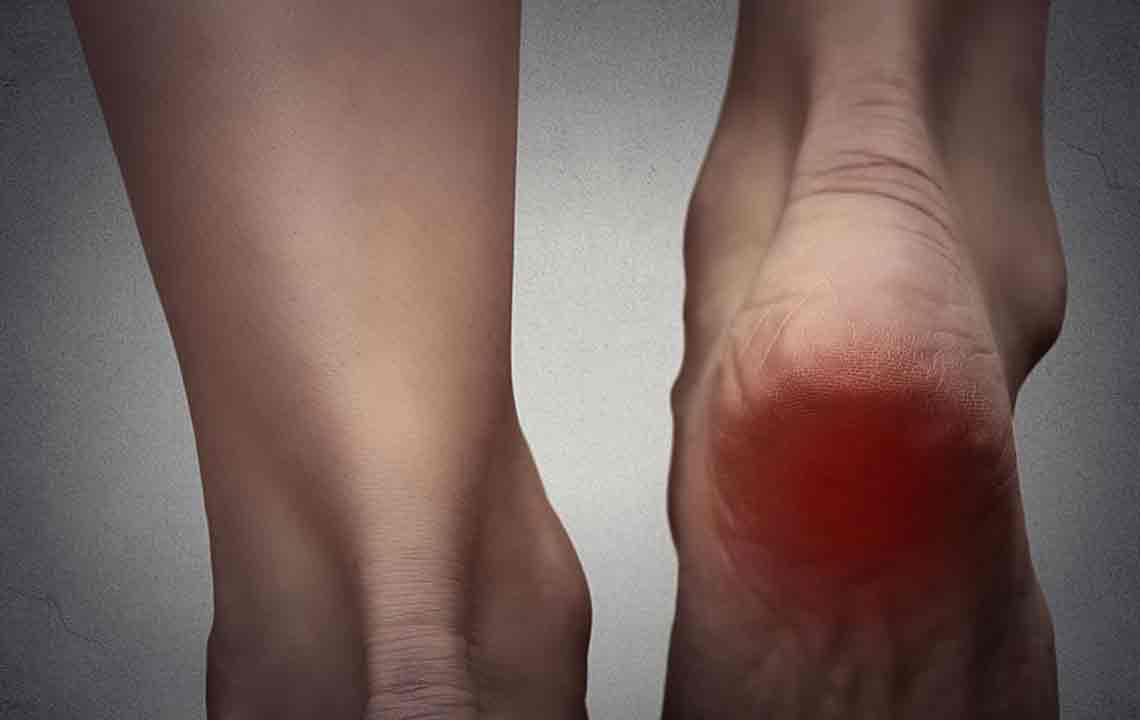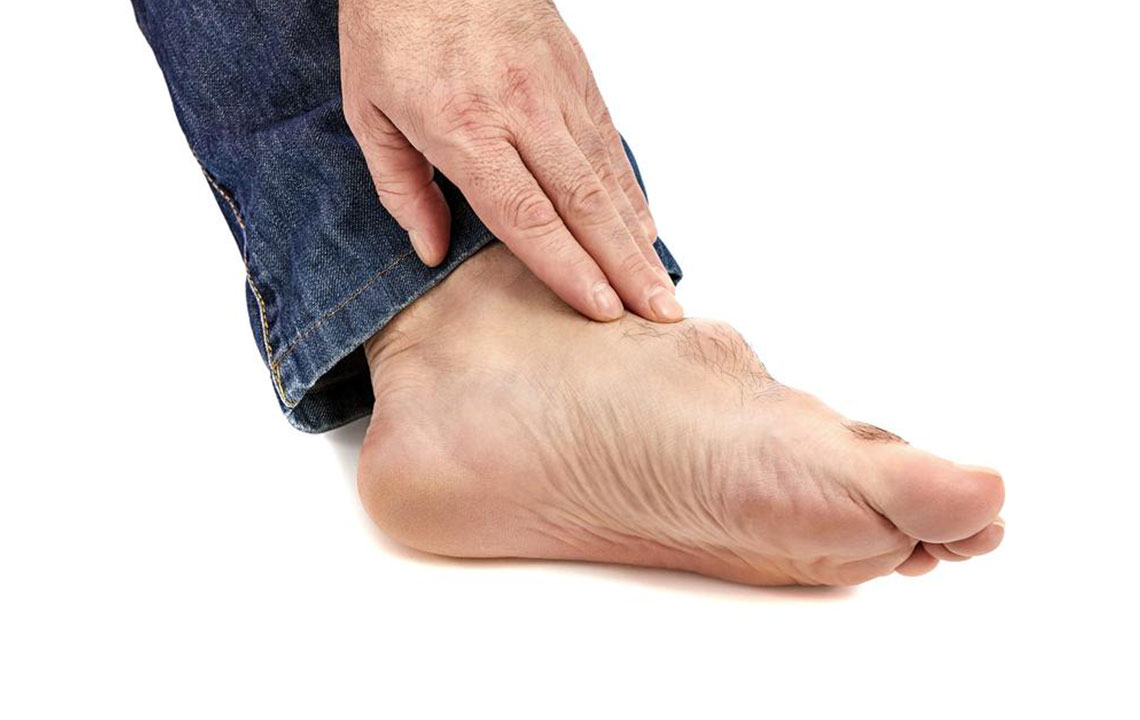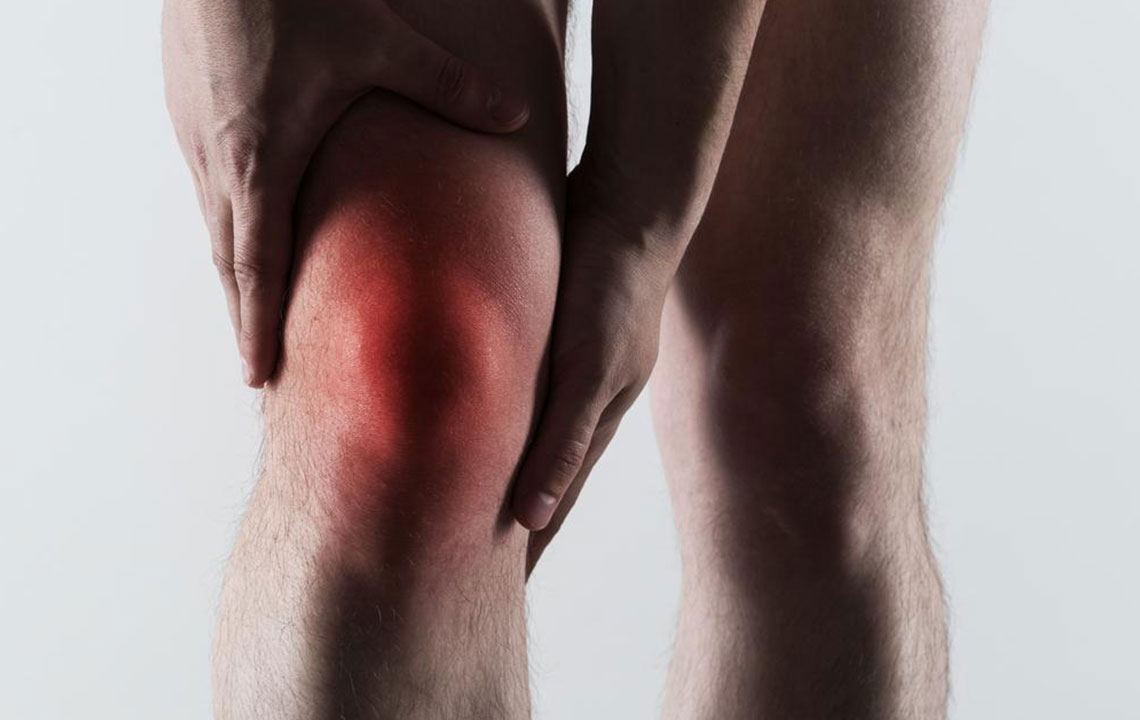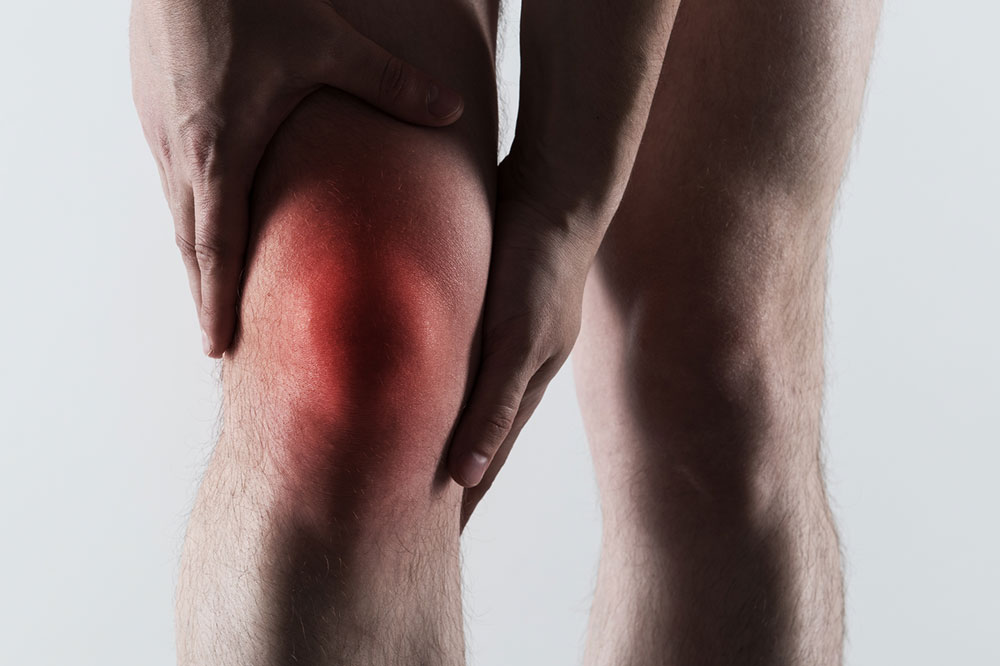Comprehensive Guide to Gout-Related Foot Pain: Causes, Symptoms, and Effective Treatments
This comprehensive guide delves into gout-related foot pain, exploring its causes, symptoms, and treatments. It emphasizes the importance of early diagnosis, lifestyle changes, and medical management to prevent joint damage and improve quality of life. Learn how to recognize gout symptoms and implement effective strategies for long-term control, ensuring minimal disruption to daily activities.

Comprehensive Guide to Gout-Related Foot Pain: Causes, Symptoms, and Effective Treatments
Gout is a complex form of inflammatory arthritis that has been recognized for centuries. It manifests through sudden, severe episodes of joint pain, swelling, redness, and stiffness, frequently affecting the foot and lower limb joints. The most commonly impacted joint is the big toe, though gout can also frequently involve the ankles, knees, fingers, and wrists. Left untreated, gout can lead to persistent joint damage, chronic inflammation, and even the formation of tophi — deposits of uric acid crystals under the skin. Understanding the causes, recognizing the symptoms early, and initiating appropriate treatment are vital steps in managing this condition effectively.
Understanding the Causes of Gout
Gout results from hyperuricemia, a condition characterized by elevated levels of uric acid in the blood. Uric acid is a waste product formed from the breakdown of purines, which are substances found naturally in the body and in various foods. Under normal circumstances, uric acid dissolves in the blood and is expelled through the kidneys into the urine. However, when the body produces too much uric acid or fails to eliminate it efficiently, hyperuricemia develops, increasing the risk of crystal formation within joints.
Factors contributing to hyperuricemia and gout include a combination of genetic, dietary, lifestyle, and medical factors. Obesity stands out as a significant contributor, as excess body weight increases uric acid production and hampers its excretion. Diets rich in purine-laden foods such as red meats, organ meats, certain types of fish (like sardines and anchovies), and alcohol — especially beers and spirits — are strongly associated with gout outbreaks. Additionally, medical conditions like hypertension, insulin resistance, kidney disease, and conditions that involve increased cell turnover (e.g., certain cancers) can promote elevated uric acid levels. Some medications, including diuretics and low-dose aspirin, may also induce hyperuricemia. Recognizing these risk factors can help in both prevention and early intervention.
Recognizing the Symptoms of Gout Attacks
Gout attacks are often sudden and intensely painful episodes that can develop rapidly. The hallmark symptom is abrupt swelling, redness, tenderness, warmth, and a piercing or burning pain affecting the joint, most frequently the base of the big toe. This pain can be so severe that even the weight of bed sheets or slightest touch may become unbearable. During an attack, the joint may appear visibly swollen and inflamed. These episodes usually peak within 12 to 24 hours and can last from a few days to several weeks if untreated.
Although gout is known for its episodic nature, some individuals may experience infrequent attacks that occur sporadically over several years. Others may have chronic gout, characterized by persistent joint discomfort and the formation of tophi. Additional signs include stiffness, limited range of motion, and in some cases, fever if the inflammation becomes extensive. Recognizing early warning signs and the characteristic presentation of gout is essential for timely medical consultation.
Some individuals may also have gout symptoms triggered by specific factors like dehydration, sudden changes in diet, alcohol consumption, or physical trauma. Therefore, maintaining awareness of personal risk and body signals plays a crucial role in avoiding severe episodes.
Diagnosing Gout: The Path to Effective Management
Accurate diagnosis is fundamental to proper gout management. If you experience unexplained foot or joint pain, particularly if symptoms are sudden, severe, and recurrent, consulting a healthcare provider promptly is imperative. The diagnostic process involves a thorough medical history review, physical examination of affected joints, and specific laboratory tests.
One crucial diagnostic method is joint fluid analysis, where a needle is used to extract synovial fluid—the lubricating fluid within the joint. Under a microscope, this fluid can reveal needle-shaped uric acid crystals, confirming gout. Blood tests are also conducted to measure serum uric acid levels, though high levels alone do not confirm gout, as some individuals with hyperuricemia never experience gout attacks. Conversely, during a gout attack, uric acid levels may be normal or low due to changes in uric acid dynamics. Imaging studies like ultrasound or dual-energy CT scans can detect uric acid crystal deposits and tophi, aiding in diagnosis and assessment of disease severity.
Early diagnosis and differentiation from other forms of arthritis, such as rheumatoid arthritis or septic arthritis, are vital for initiating targeted treatment that alleviates pain, reduces inflammation, and prevents long-term joint damage.
Effective Approaches to Gout Treatment
Managing gout effectively involves a combination of medication, lifestyle adjustments, and preventive strategies. The primary goal is to reduce the intensity and duration of acute attacks, lower serum uric acid levels, and prevent future episodes. Treatment typically involves medications prescribed and monitored by healthcare providers.
During an acute gout attack, nonsteroidal anti-inflammatory drugs (NSAIDs) such as ibuprofen, naproxen, or specific agents like indomethacin are most commonly used. Corticosteroids, either oral or injected directly into the affected joint, can provide rapid relief in severe cases. Colchicine, an anti-inflammatory drug, may also be effective in reducing pain if administered early in the attack. Importantly, these medications help alleviate symptoms but do not address the underlying uric acid excess.
For long-term management, medications aimed at lowering serum uric acid are prescribed. These include xanthine oxidase inhibitors like allopurinol and febuxostat, which inhibit uric acid production, and uricosuric agents like probenecid, which increase uric acid excretion. Patients need regular monitoring of uric acid levels to ensure optimal control and to avoid medication side effects.
Alongside medication, lifestyle modifications are critical. Patients are advised to adopt a low-purine diet, reduce alcohol intake, maintain a healthy weight, stay well-hydrated, and avoid triggers that precipitate attacks. Gentle exercise and maintaining overall joint health can also be beneficial. Recognizing early symptoms and seeking prompt medical care are essential for effective control of gout and preventing complications such as joint destruction or tophi formation.
In summary, gout requires a comprehensive management plan that combines medication, diet, lifestyle changes, and regular medical follow-up. With proper care, individuals suffering from gout can lead comfortable, active lives free from severe episodes and joint damage.





